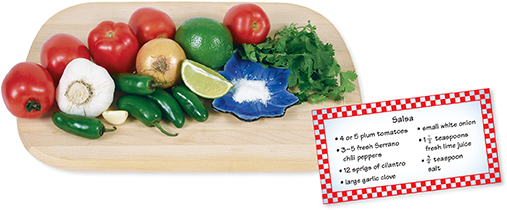Figure 4 The ingredients shown are used to make one kind of salsa, which is an example of a heterogeneous mixture.

Mixtures
Suppose you are making salsa using the ingredients shown in Figure 4. You have a choice. You can use exactly the amounts listed in the recipe, or you can adjust the ingredients according to your own taste. You might have to prepare the recipe a few times before deciding if you have just the right amount of each ingredient.
Mixtures tend to retain some of the properties of their individual substances. But the properties of a mixture are less constant than the properties of a substance.  The properties of a mixture can vary because the composition of a mixture is not fixed. The type of pepper and the quantity of pepper used in a salsa recipe determine the “hotness” of a batch of salsa. Chili peppers contain a compound called capsaicin (kap say uh sin) that can cause a burning sensation in your mouth. The amount of capsaicin varies among types of peppers. Cayenne peppers, for example, contain more capsaicin than do jalapeño peppers.
The properties of a mixture can vary because the composition of a mixture is not fixed. The type of pepper and the quantity of pepper used in a salsa recipe determine the “hotness” of a batch of salsa. Chili peppers contain a compound called capsaicin (kap say uh sin) that can cause a burning sensation in your mouth. The amount of capsaicin varies among types of peppers. Cayenne peppers, for example, contain more capsaicin than do jalapeño peppers.
No matter how well you stir a batch of salsa, the ingredients will not be evenly distributed. There may, for example, be more onion in one portion of the salsa than another. Mixtures can be classified by how well the parts of the mixture are distributed throughout the mixture.
Heterogeneous Mixtures
If you look at a handful of sand from a beach, the sand appears to be all the same material. However, if you use a hand lens, you will notice that the sample of sand is not the same throughout. Figure 5 shows that grains of sand vary in size. Also, some grains are light in color and some are dark. Sand is an example of a heterogeneous mixture. Heterogeneous (het uh roh gee nee us) comes from the Greek words hetero and genus, meaning “different” and “kind.” In a heterogeneous mixture, the parts of the mixture are noticeably different from one another.
Figure 5 Sand is a heterogeneous mixture. The spoon is stainless steel, which is a homogeneous mixture. Interpreting Photographs Explain how viewing sand through a hand lens helps show that sand is a heterogeneous mixture.





